United Kingdom Vintage Deck
2014 – (See Cards | Deck Info | Download | Purchase)…
All organisms collected depict common flora and fauna found in the United Kingdom. This is a DIY 60 card STARTER deck that collects vintage biodiversity related illustrations that predate 1913 (at least one hundred years old). Most come from wiki commons or the Biodiversity Heritage Library, where copyright status appears clear. Note that if an image used are breaking copyright status, please contact db@mail.ubc.ca so that we can remove the image.

Woodland Strawberry
Fragaria vesca

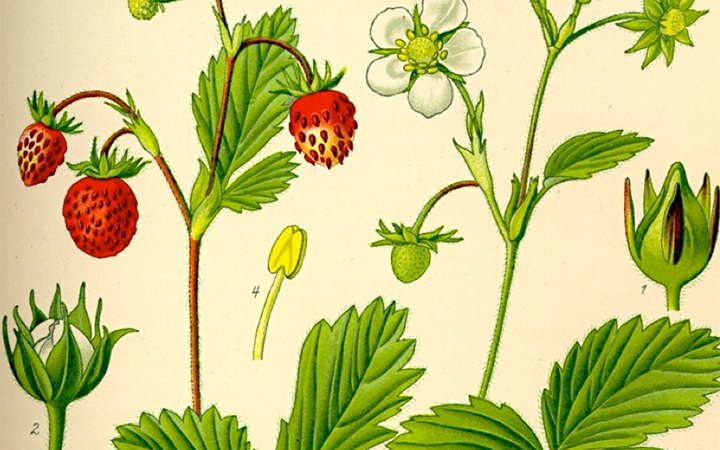
2 POINTS
Fact: It is also used as a genetic model plant for the garden strawberry and the Rosaceae family in general.

Northern Pike
Esox lucius

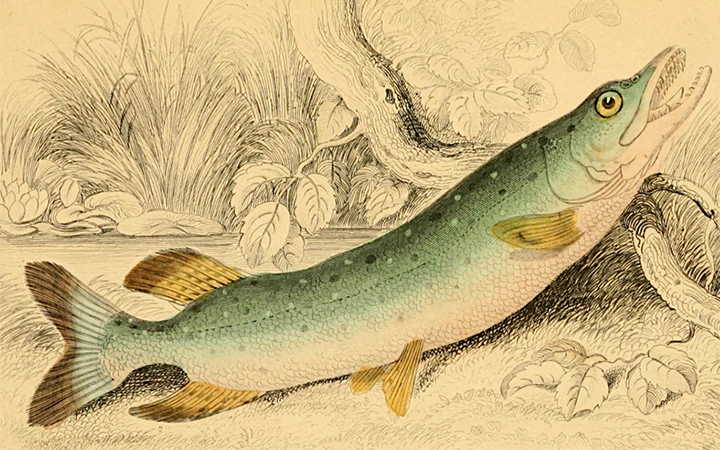
9 POINTS
Play: The Northern Pike has a MOVE of 2.
Fact: The Northern Pike gets its name from its resemblance to the pole-weapon known as the pike (from the Middle English for pointed).

Atlantic Salmon
Salmo salar

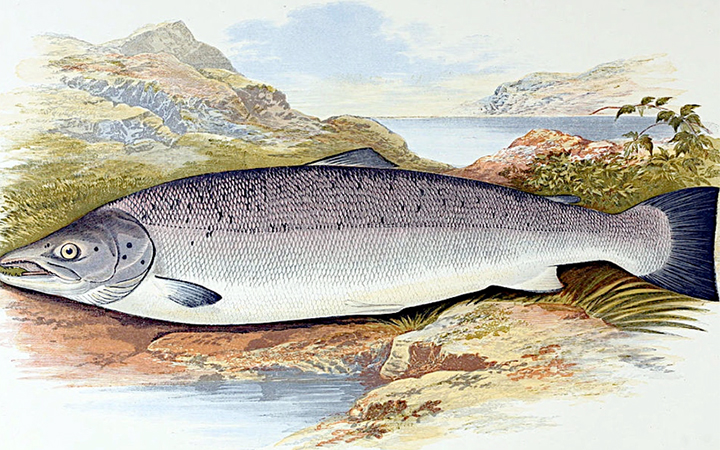
7 POINTS
Play: The Atlantic Salmon has a MOVE of 2 and can feed on ZOOPLANKTON.
Fact: Human activities (overfishing and habitat change) have heavily damaged salmon populations across their range.

Three-Spined Stickleback
Gasterosteus aculeatus
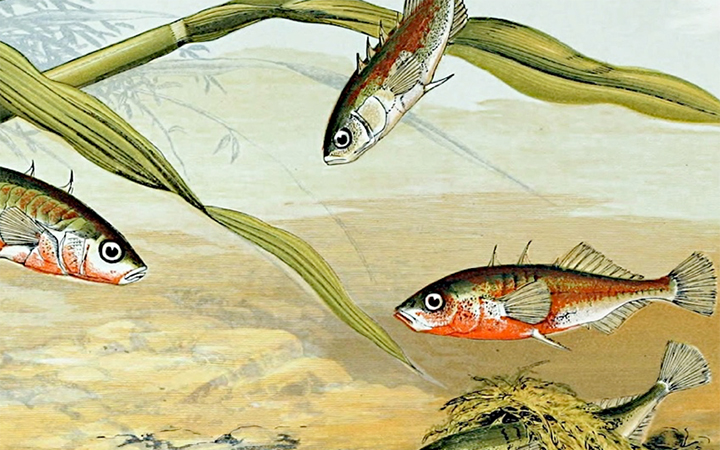
9 POINTS
Play: The Three-Spined Stickleback has a MOVE of 2 and feeds on ZOOPLANKTON.
Fact: There is evidence that shows the existence of cooperative behaviour among three-spined sticklebacks.

Yellow Iris
Iris pseudacorus

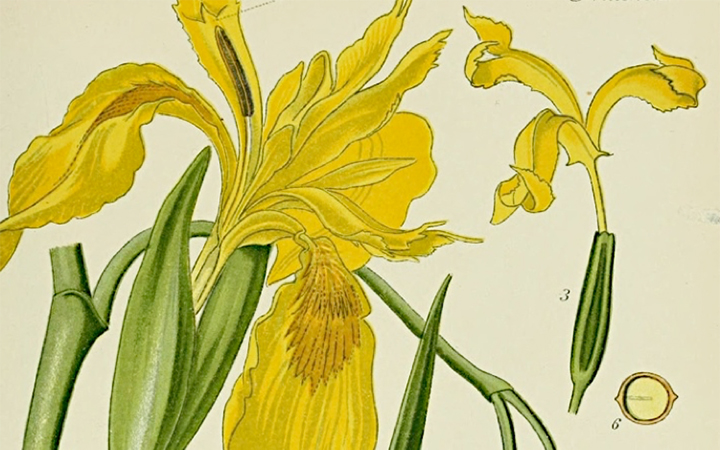
2 POINTS
Fact: This plant has been used as a form of water treatment since it has the ability to take up heavy metals through its roots.

Great Crested Newt
Triturus cristatus

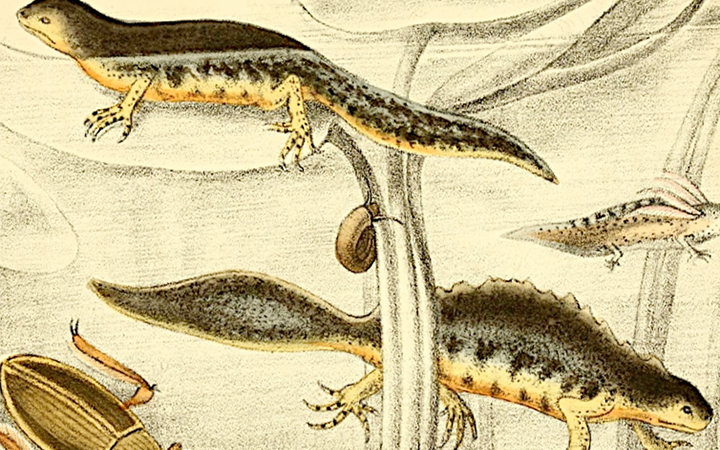
8 POINTS
Play: The Great Crested Newt has a MOVE of 2.
Fact: In England, Wales and Scotland, it is a protected species under Schedule 5 of the Wildlife and Countryside Act 1981.